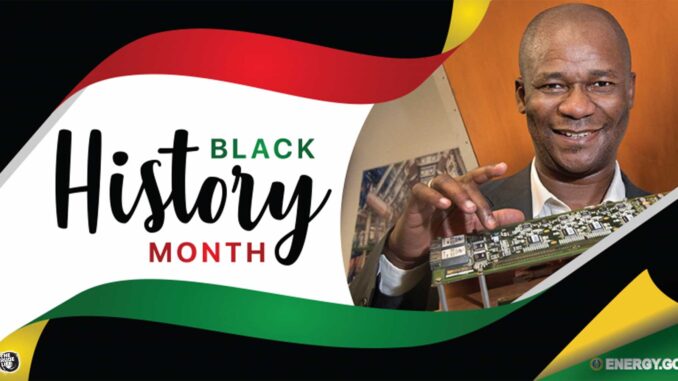
February is Black History Month, a time for celebrating the significant contributions of African Americans to the history of the United States. From the civil rights movement to the fight for racial justice, African Americans have inspired and created a lasting impact on the nation.
In recent years, the celebration of Black History Month has extended to recognize the achievements of African Americans in energy research, oil and gas development, and related fields.
Energy Research
Black Americans have made significant contributions to energy research since the early twentieth century. One of the earliest African American energy researchers was Dr. Ernest Everett Just, a biologist who conducted research on the fertilization of sea urchin eggs in the 1920s. Just’s work formed the basis for modern-day studies in cell biology, and his work was among the first to demonstrate the role of calcium in the fertilization process. Just received the Spingarn Medal in 1937 for his scientific achievements.
In the 1940s, African American chemist Percy Julian became renowned for his work in synthesizing steroids from plant sources. He developed a process for producing steroid hormones, including cortisone and other hormones used to treat a variety of medical conditions. His research was groundbreaking and helped pave the way for modern-day pharmacology.
In the 1950s, African American chemist George Washington Carver developed a process for synthesizing rubber from soybeans. Carver’s work was instrumental in developing a renewable source of rubber for tire production, which had previously relied heavily on imported rubber from Asia and South America.
Carver also developed methods for producing a variety of organic products, such as plastics and detergents, from agricultural sources.
Dr. Lonnie Johnson is a former nuclear engineer for the Oak Ridge National Laboratory and a United States Air Force veteran, he also worked in the Jet Propulsion Laboratory at NASA where he had a hand in sending spacecraft to Mars, Jupiter and Saturn. He also has more than 100 patents and invented the top-selling water toy of all time – The Super Soaker.
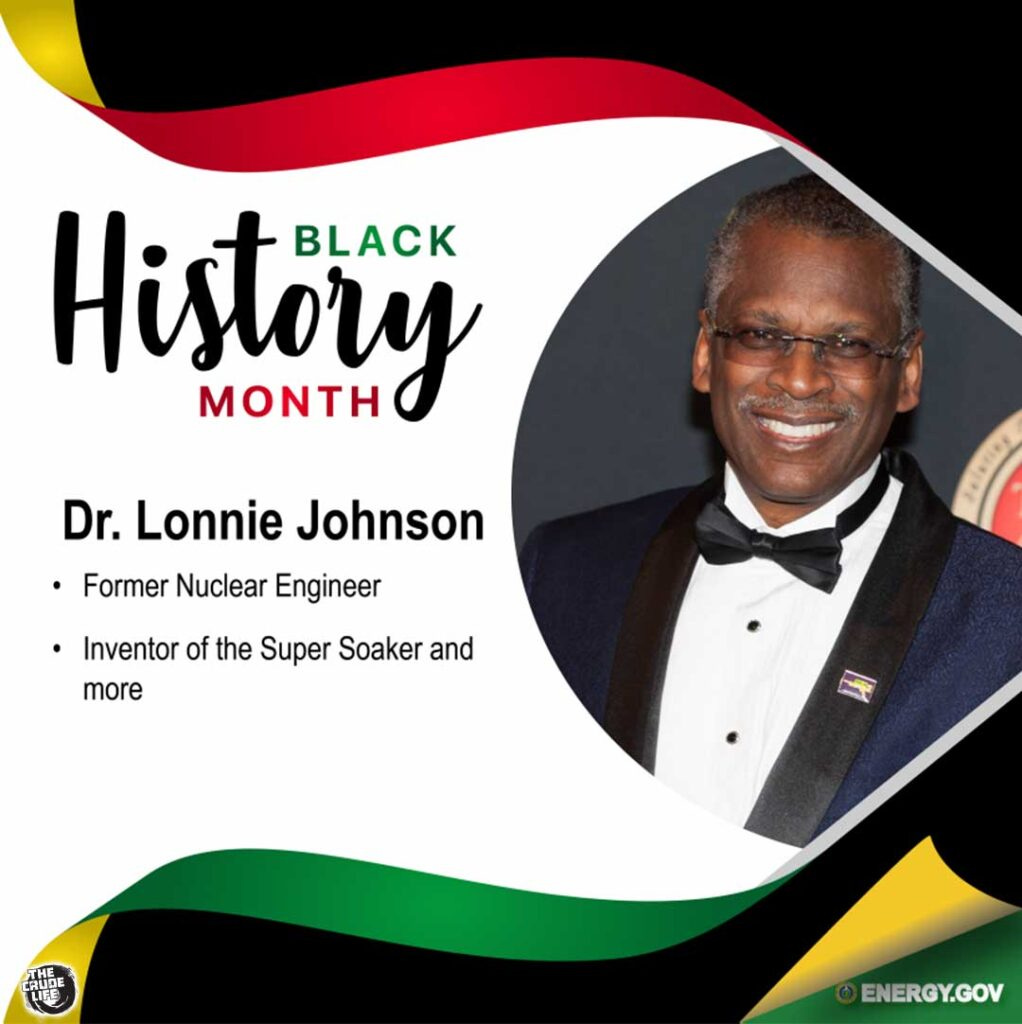
Kétévi Assamagan is a physicist at the Department of Energy’s Brookhaven National Laboratory, he also started the African School of Physics, funded by the Brookhaven Lab. Additionally, he explores huge quantities of data from the Large Hadron Collider at CERN in Europe in search of new physics.
Dr. Novella Bridges is named one of the “Most Distinguished Women” in chemistry and chemical engineering by the American Chemical Society and a recipient of the Pacific Northwest National Laboratory Fitzner-Eberhardt Award for outstanding contributions to science and engineering education; she also worked with the Department of Energy’s PNNL.
She has extensive experience with leading research in radioisotope composites for cancer, reduction of diesel emissions in vehicles, production of hydrogen for fuel cells, and more.
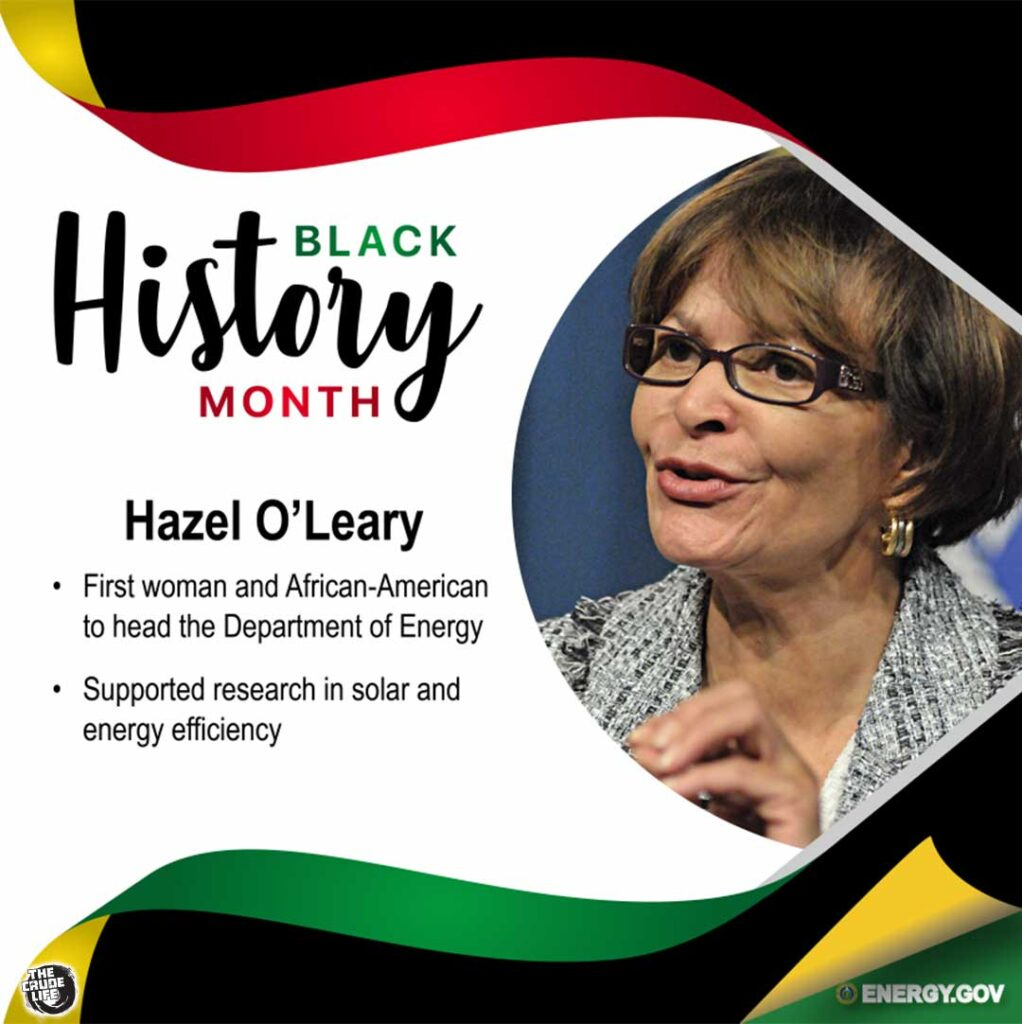
Oil and Gas Development
Black Americans have also made significant contributions to the development of oil and gas resources. In the 1950s, African American engineer William Henry Jackson developed a process for producing oil from shale. Jackson’s work, which was the first of its kind in the United States, made it possible to extract oil from shale in a cost-effective manner.
In the 1960s, African American engineer Alonzo Fields developed a technique for producing gas from coal. Fields’ work revolutionized the gas industry and allowed for the production of natural gas from underground coal deposits. This process is still used today and is one of the most cost-effective ways of producing natural gas.
In the 1970s, African American engineer Edward W. Thomas developed a process for producing oil from sand. Thomas’ work demonstrated that it was possible to extract oil from sand, which had previously been thought to be an impractical source of oil. Thomas’ work made it possible to produce oil from sand in a cost-effective manner, and his work revolutionized the oil industry.
Conclusion
Black History Month is an important time for celebrating the achievements of African Americans in energy research and oil and gas development. From Ernest Everett Just to Alonzo Fields, African Americans have made significant contributions to the energy industry.
Their work has revolutionized the way we produce and use energy and has opened the door to a more sustainable energy future. As we celebrate Black History Month, it is important to recognize the contributions of African Americans to the energy industry and to celebrate their achievements.
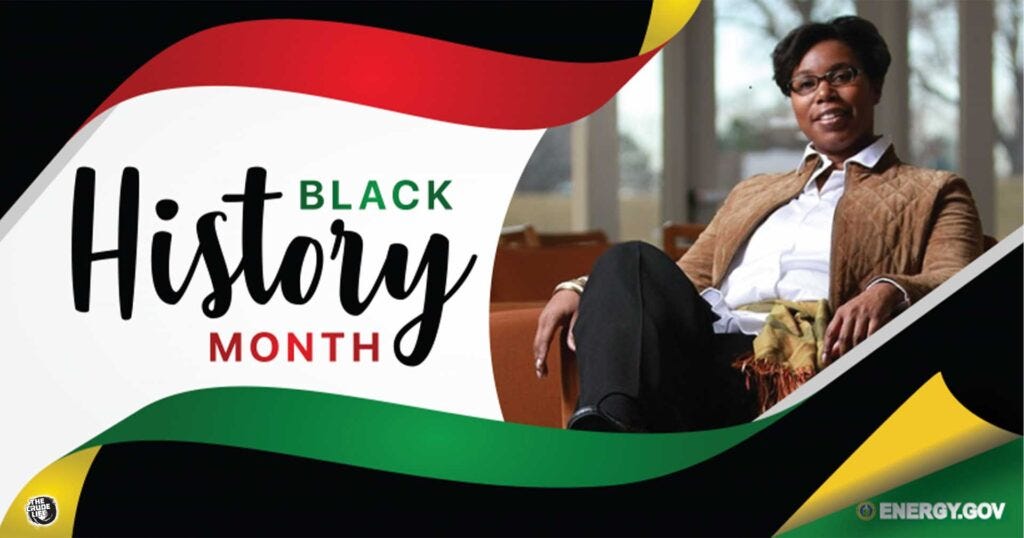
More Profiles Celebrating Black History Month
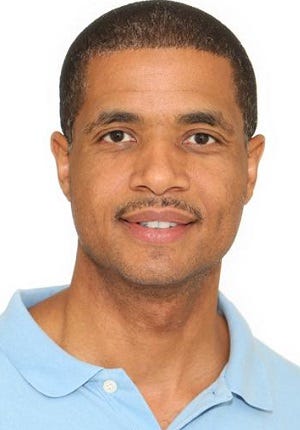
Biologist Carlton Jones
Carlton Jones is a biologist whose accomplishments range from identifying safe drinking water sources to locating early warning signs of cancer.
What research are you doing at EPA?
My research includes projects on chemical safety for sustainability and safe & sustainable water resources. In safe and sustainable water resources, I am working on per-and polyfluoroalkyl substances (PFAS), which are a group of human made chemicals found everywhere (plants, animals, humans). I am involved in research specifically looking at PFAS chemicals in drinking water. My work in chemical exposures (PFAS/PFOS) is instrumental in determining and identifying biomarkers for diseases, such as cancer. My research aids in determining whether a chemical found in the environment has an adverse effect on human health.
If you could have dinner with any scientist, past or present, who would it be? What would you ask?
Dr. Percy Julian, a Black chemist who pioneered the synthetization of drugs from plants. He was also a tremendous orator. I chose him because he persevered through racism and barriers to earn his Ph.D. and lead is his field. I would ask him what drove him throughout his career and how would the lessons he learned help us today?
Meet EPA Researcher Carlton Jones
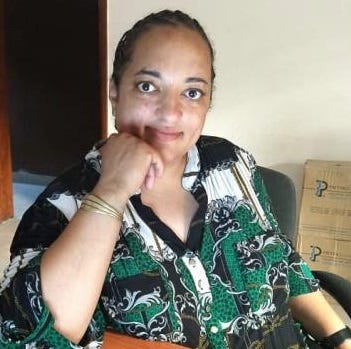
Toxicologist Jocylin Pierro, Ph.D.
Dr. Pierro researches the toxicological effects of chemicals.
What research are you doing at EPA?
A lot of my work revolves around virtual tissue models. We create these virtual models to find out the toxicological effects of chemicals on human development. I focus on modeling embryos and finding alternative ways to do experimentation through models. We’re trying to model human embryos so we can use non-animal alternative models, also referred to as New Approach Methods (NAMs). As a toxicologist, I focus on finding out what the effects of the chemicals are on organisms through the models.
Any advice for students considering a career in science?
Do extracurriculars and follow your passions because it will lead you to what you want to do for life. Even though I didn’t have a science background, it was my extracurriculars that allowed me to join the Peace Corps. If you’re curious about something don’t ignore it, go for it. Also try new things. Don’t be afraid to try new things because that’s how you find your passion. Sometimes if you don’t have a passion you have to try something to find them.
Meet EPA Toxicologist Jocylin Pierro, Ph.D.
Environmental Engineer Aderonke Adegbule, Ph.D.
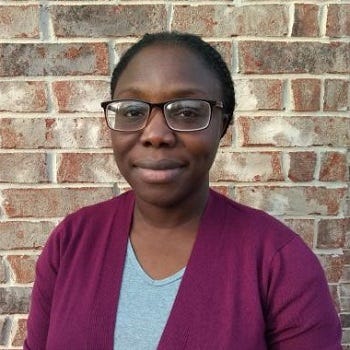
Aderonke, or Addie, Adegbule’s research is focused on understanding how per- and polyfluoroalkyl substances (PFAS) impacts groundwater.
How does your science matter?
My research adds to the existing knowledge base on PFAS, a group of man-made chemicals which are used for a variety of purposes. These chemicals eventually find their way into the environment and pollute surface and ground drinking water sources. Unfortunately, because of the strong carbon-fluorine bonds in these compounds, they do not break down easily and can accumulate in the human body and remain in the environment for years.
To successfully remove any contaminant from a polluted environment, or to curb the spread to unpolluted areas, a good understanding of how the contaminant behaves in the environment is required. Using available experimental or field data, experts are able to simulate spill scenarios and further increase the understanding of the contaminant’s characteristics.
My research on how PFAS impacts groundwater will help experts improve methods of removal or control and help in the formulation of policies to protect human health and the environment.
Meet EPA Researcher Aderonke Adegbule, Ph.D.
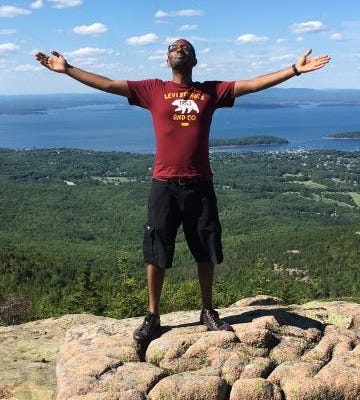
Water Resources Engineer Mussie Beyene, Ph.D.
Mussie Beyene studies how wildland fires impact the water quality of streams in the western United States.
How does your science matter?
A core mission of EPA is to maintain and restore aquatic ecosystems to protect human health, support economic and recreational activities, and provide a healthy habitat for fish, plants, and wildlife. My work can help the EPA achieve this mission in three ways. It clarifies the threats that wildland fires pose to the nation’s waters. It affords identification of western US water resources that are vulnerable to wildfire impacts. It offers scientific information that policymakers can use to mitigate the adverse effects of wildfires on the water quality of western US streams.
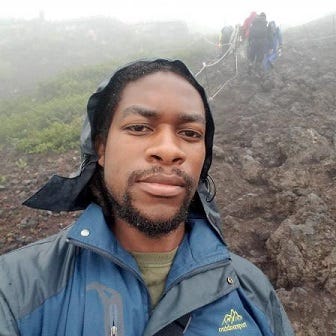
Computational Biologist Cavin Ward-Caviness, Ph.D.
EPA computational biologist Cavin Ward-Caviness helps determine which populations are most susceptible to air pollution.
How does your science matter?
An individual’s health risk is a combination of environmental exposures and underlying risk factors unique to that individual. Through our research, we are identifying people who have increased sensitivity to air pollution exposure and thus might need a more focused response or messaging to protect them from different environmental risks. My job is to find those at-risk individuals, determine what makes them more susceptible, and then hopefully find intervention techniques that we can use to reduce their environmental health risks.
Meet EPA Computational Biologist Cavin Ward-Caviness, Ph.D.
Environmental Engineer Rachelle Duvall, Ph.D.

EPA environmental engineer Rachelle Duvall evaluates innovative equipment and approaches to measure air pollutants in the ambient air and near pollution sources.
What do you like most about the research that you do?
I like that there’s a variety of new things that I can explore. Science is always changing and advancing, and it is exciting to be part of that. For example, I have been conducting research on air sensor technologies which are smaller devices that measure a variety of air pollutants. Compared to traditional air monitoring devices, air sensors are lower in cost, easy to use, and are more portable. My sensor research has also allowed me to combine my interests in educational outreach and citizen science. Sensor devices are an excellent tool for teaching and raising community engagement and awareness about air pollution.
Meet EPA Researcher Rachelle Duvall, Ph.D.
Software Engineer and Environmental Modeler Eric S. Hall
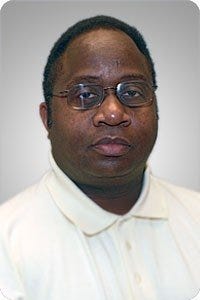
EPA researcher Eric Hall works with EPA Region 6 on a project to track harmful algal blooms during flooding events for emergency responders in the Gulf of Mexico. He also works on a project with the United South and Eastern Tribes (USET) to complete a website providing environmental and public health information to 36 Tribal Nations in EPA Regions 1, 2, 3, 4 and 6.
When did you first know that you wanted to be a scientist?
I’ve known that I wanted to be a scientist ever since I was a young boy. My dad was a huge influence on my career choice. He was a member of the chemistry department at Temple University back in the fifties and sixties. My brother and I spent a lot of summers and school days off with him at Temple University. I learned a lot from him and his colleagues. My dad gave me three things that really marked the career path I was going down: a microscope, a telescope, and a slide rule.
As a little kid, I always saw my mom and dad reading something: books or magazines—something! And I guess I kind of absorbed that too.
Meet EPA Scientist Eric S. Hall
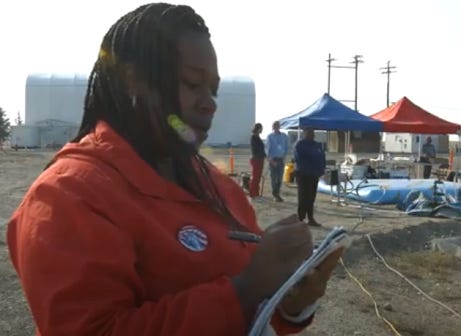
Quality Assurance Manager Ramona Sherman
EPA quality assurance manager Ramona Sherman assists EPA researchers in delivering high quality, defensible research products.
What do you like most about your research?
I get the opportunity to learn across the disciplines (chemical, biological, radiological) and conduct audits on some of the most amazing projects. During those audits, I often get the opportunity to dress up in my HAZMAT suit.
Tell us about the work you do.
As the QA Manager, I am responsible for reviewing, providing technical comments, and approving Quality Assurance documents e.g. Quality Assurance Requirement/Review Forms, Statement of Work, and Quality Assurance Project Plans.
When did you first know you wanted to be a scientist?
I did an internship during college at EPA’s Region 5 office located in Chicago, Illinois working on National Pollutant Discharge Elimination System Permits. After that internship, I knew I was going to work for the EPA. The thought of protecting human health and the environment made me feel empowered.
Meet EPA Quality Assurance Manager Ramona Sherman
Everyday your story is being told by someone. Who is telling your story? Who are you telling your story to?
Email your sustainable story ideas, professional press releases or petro-powered podcast submissions to thecontentcreationstudios(AT)gmail(DOT)com.
#thecrudelife promotes a culture of inclusion and respect through interviews, content creation, live events and partnerships that educate, enrich, and empower people to create a positive social environment for all, regardless of age, race, religion, sexual orientation, or physical or intellectual ability.



